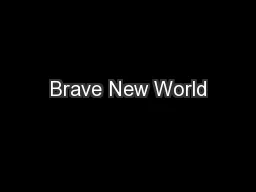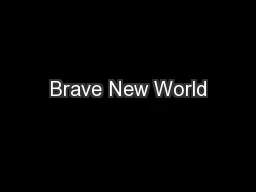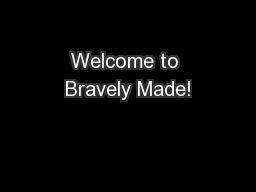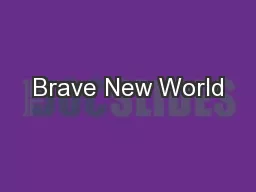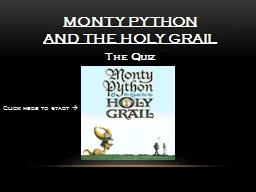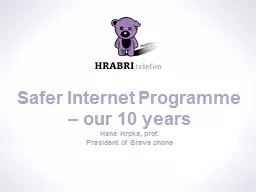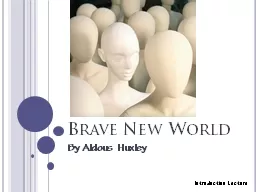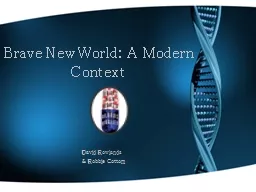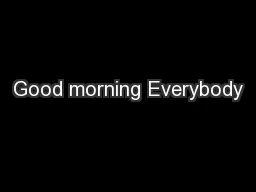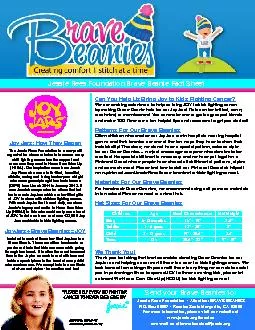PPT-Brave New World
Author : stefany-barnette | Published Date : 2016-07-31
By Aldous Huxley Introduction Lecture Genre Dystopia Utopia an ideal society possessing a perfect social and political system Dystopia a society where the condition
Presentation Embed Code
Download Presentation
Download Presentation The PPT/PDF document "Brave New World" is the property of its rightful owner. Permission is granted to download and print the materials on this website for personal, non-commercial use only, and to display it on your personal computer provided you do not modify the materials and that you retain all copyright notices contained in the materials. By downloading content from our website, you accept the terms of this agreement.
Brave New World: Transcript
Download Rules Of Document
"Brave New World"The content belongs to its owner. You may download and print it for personal use, without modification, and keep all copyright notices. By downloading, you agree to these terms.
Related Documents

